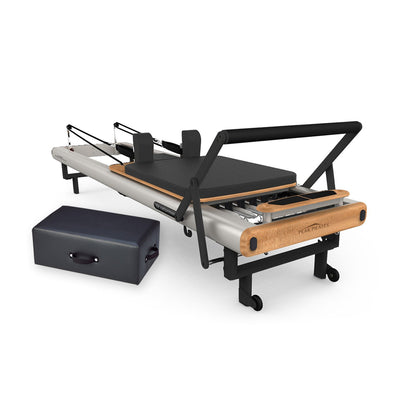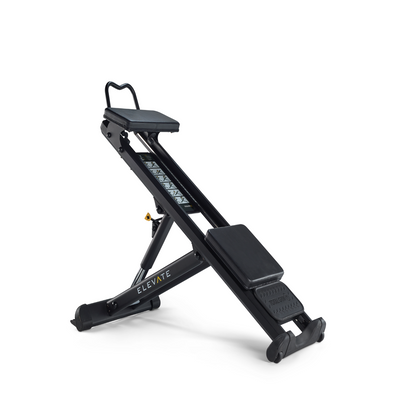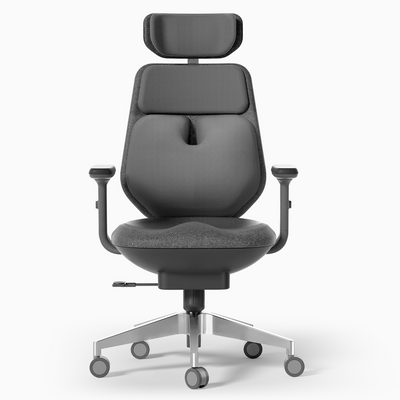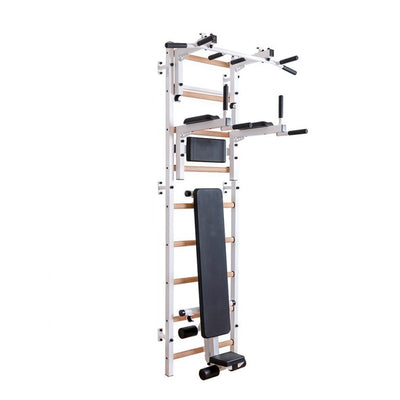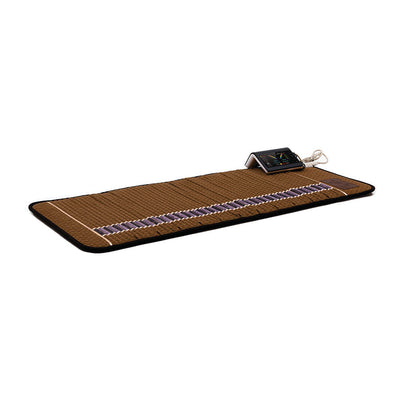
Pilates Tower vs. Reformer: A Side By Side Comparison
Pilates, a fitness discipline that focuses on core strength, flexibility, and mind-body integration, has evolved over the years to include various apparatuses. Among these, the Reformer and the Tower stand out. Both offer unique challenges and benefits, but how do they compare, and which is right for you? This article provides an in-depth analysis of the Pilates Tower versus the Reformer.
Understanding the Equipment
-
Pilates Tower: Often referred to as the "Wall Unit", the Tower is a vertical frame attached to one end of a mat. It features spring attachments, a push-through bar, and leg springs, among other components. The Tower can be standalone or can be a part of a combo apparatus with a Reformer.
-
Pilates Reformer: A bed-like frame with a movable carriage on it, the Reformer uses a set of springs to provide resistance. The carriage moves back and forth along the tracks of the frame, and there are shoulder blocks to stabilize upper body positioning. The footbar at the end can be adjusted based on the exercise.
Benefits and Features
-
Versatility and Variety
- Tower: The Tower, with its vertical springs, offers a different range of motion compared to the Reformer. Exercises often incorporate gravity more intensively.
- Reformer: Extremely versatile, the Reformer is suitable for a multitude of exercises, working everything from the legs to the arms to the core.
-
Space Requirements
- Tower: Requires wall space for attachment and is generally more stationary.
- Reformer: Though larger, some Reformers have wheels and can be moved or even stored vertically, making them somewhat more adaptable to space constraints.
-
Exercise Intensity and Focus
- Tower: Typically offers a more targeted exercise approach, honing in on specific muscles or muscle groups. The push-through bar, for instance, can provide an intense upper body and spine stretch.
- Reformer: Provides a more dynamic, full-body workout. The moving carriage demands stabilization from the core, making almost every exercise a core workout.
-
Flexibility and Stretching
- Tower: The fixed nature of the Tower provides stability, allowing for deeper stretches and focused flexibility training.
- Reformer: While it also promotes flexibility, especially in exercises that involve the straps or the footbar, the Reformer's primary focus is often on strengthening and toning.
-
Suitability for Beginners
- Tower: Given its fixed nature, beginners might find the Tower a bit more approachable as they can focus on learning each movement's nuances without managing a moving carriage.
- Reformer: While it may have a steeper learning curve for complete novices due to the moving carriage, many beginners find it engaging and effective with proper guidance.
In Conclusion
Both the Pilates Tower and the Reformer are exceptional tools in the realm of Pilates training. Your choice between the two often boils down to personal preferences, specific fitness goals, available space, and prior experience. For a holistic Pilates experience, many practitioners opt to train on both apparatuses, benefiting from the unique strengths each brings to the table.
« Back to Pilates Blog



